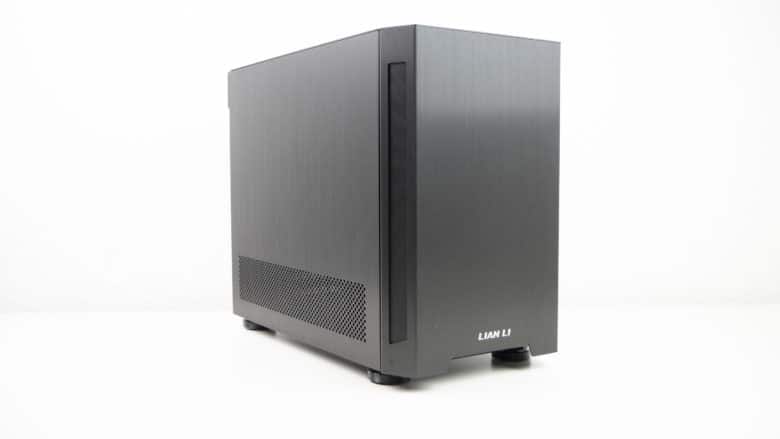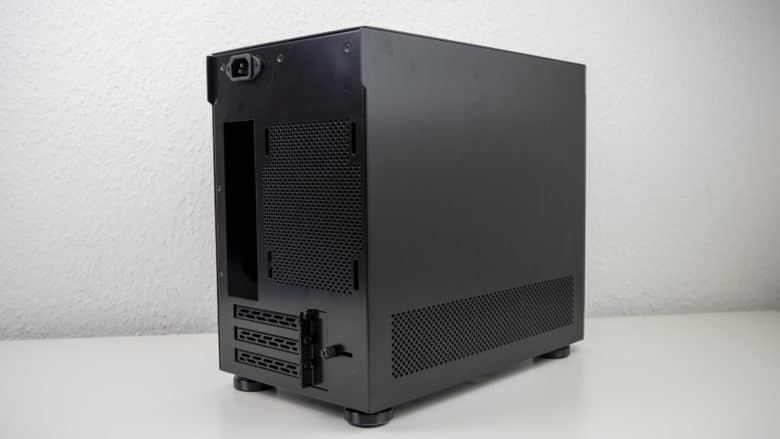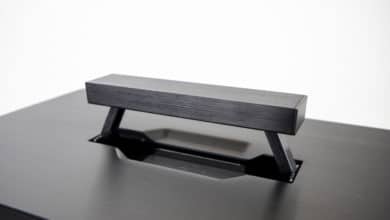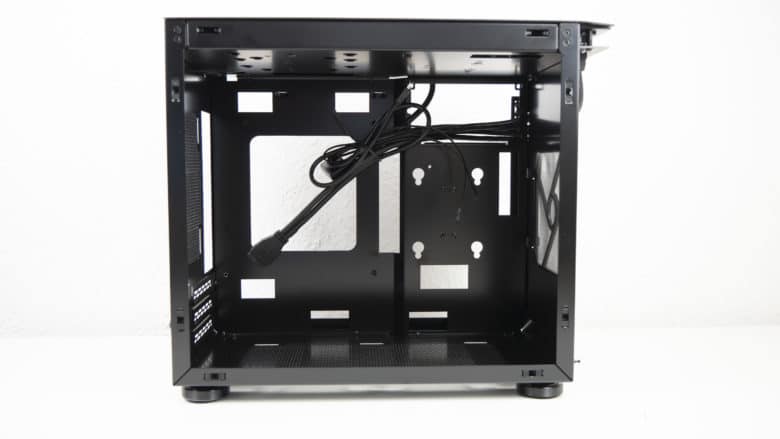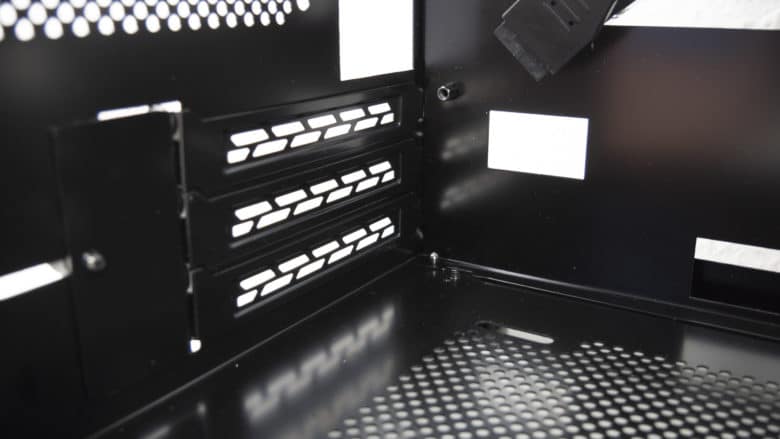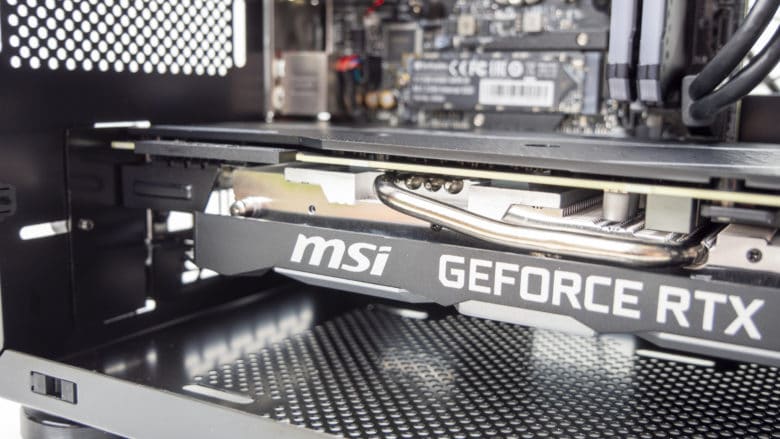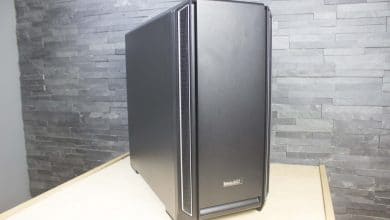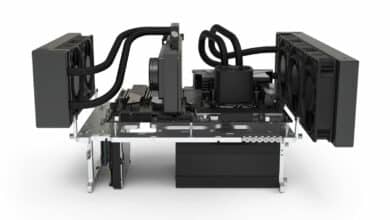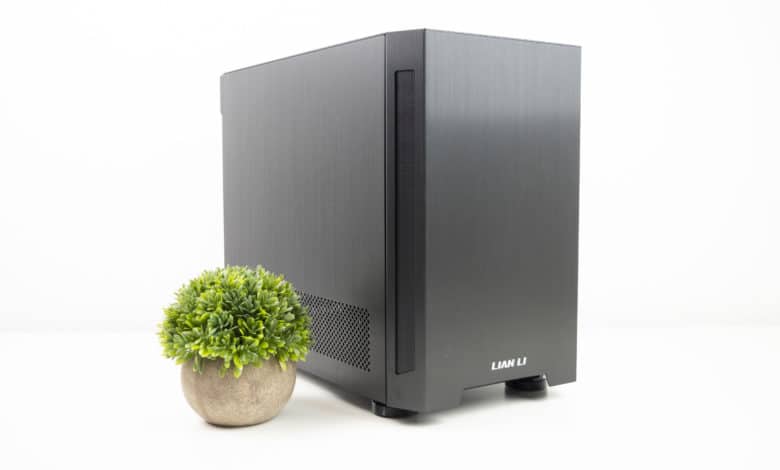
With the TU150, Lian Li has launched a case on the market that scores with compact dimensions and low weight. It should also be convincing in terms of portability. Thus, the case manufacturer installs a practical carrying handle here. According to their own statements, these comfortable points shouldn’t get in the way of the Mini-ITX case’s functionality. We would like to check if this is the case in our extensive test.
Despite small dimensions a lot of space
It’s not easy to accommodate powerful hardware in the Lian Li TU150. This is due to the small dimensions of the case. For this reason, users should be aware that space problems can occur with very large components. Under certain circumstances, the accessibility of the connections suffers from this. However, the case still surprises us as a small space miracle. After all, you certainly don’t expect as much space when looking at the Lian Li TU150 from the outside.
For example, you can install mainboards in the Mini-ITX case, which come in the rather unknown, but larger Mini-DTX form factor. In addition, one can install graphic cards that have a maximum length of 320 millimeters. The small case also offers space for a large tower cooler. This certainly impresses us. Finally, the case’s light weight allows for a powerful system to be transported without any problems. This is favoured by the practical carrying handle. Before we go into the pros and cons of the system in more detail, we’d like to first take a look at the key data.
Technical data
| Form factor | Mini-ITX |
| Drives | 1x 3.5/2.5 inch, 1x 2.5 inch |
| Fan (optional) | 1x 120 mm (front), 1x 120 mm (rear), 2x 120 mm (floor) |
| Max. Power pack length | SFX-L |
| Case material | aluminium and steel |
| Weight | 4.5 kg |
| Dimensions (W x H x D) | 203 mm x 312 mm x 375 mm |
| Colors | Silver or black |
| Max. GPU length | 320 mm |
| Price | € 107.13 * |
The exterior
With the Lian Li TU150 you have the choice between two different colours. We had the noble black version for testing. Furthermore, the case is available in silver. The manufacturer opts for high-quality aluminum in terms of material. Thus, the outer shell of the system consists almost entirely of the light metal. There are only exceptions to this with the TU150W. Lian Li uses a side panel consisting of a glass pane. This allows a view into the interior. In the TU150X version we tested, both side panels are made of aluminum.
Side parts made of aluminium
Unlike the shell, Lian Li does not use aluminium for the frame of the TU150. Instead, the manufacturer uses steel. This benefits the case’s stability. All in all, the case makes a very good impression. Especially the workmanship leaves nothing to be desired.
The back
On the back you can see that the SFX or SFX-L power supply is relocated. We find it strange that Lian Li has chosen to place the power connector so high up. Thus, the power cable can unfortunately not be hidden without further effort. There’s probably no way around an angled power cord for the best possible look.

Clean aluminium on both sides
Also on the other side is a clean aluminium plate. Here Lian Li again uses a pattern with holes. However, this has no cosmetic but practical reasons. The perforated grid ensures that the heat inside can escape to the outside. Somewhat unusual are the existing slot covers of the case. Rarely does a manufacturer have the workmanship of three slots in such a small form factor. However, this takes current hardware into account. Thus, powerful current graphics cards sometimes require two or even three slots.
Practical handle
A great feature is probably the practical carrying handle of the case. This does not disturb optically at any time. After all, it can be unfolded and then folded in again as needed.
A practical I/O panel is located on the front of the TU150. This accommodates one USB-C and two USB-A ports in version 3.2 Gen1. In addition, the panel has two audio connectors.
Not only can the side parts be removed easily. The same applies to the front of the case. A simple pull is sufficient here. If you remove the front, you can see the system’s dust filter. You can also install a 120 mm fan here.
Inside
Inside, the Lian Li TU150 offers a continuous chamber. When looking inside, the intended place for the power supply can hardly be overlooked. We asked ourselves the question why Lian Li chose exactly this position. After all, the power supply’s heat should ensure that the fan’s fresh air is sucked out. The drives also find room in the “community chamber”. The corresponding HDDs or SSDs can be installed at the designated drill holes. Holes in the rear wall of the case allow practical cable management.
In the rear part of the case there is an optional space for a 120 mm diameter fan. Two more fans of this size can be installed in the bottom of the case. However, this possibility can only be used under certain circumstances. For example, a too large graphics card can make sure that the maximum number of fans cannot be installed. To keep the system halfway cool, a cooler with a proud size of up to 165 mm can be installed. If you like to use water cooling, you won’t be very fond of the Lian Li TU150, because a 240 mm radiator can’t be built in.
On closer inspection it becomes clear that Lian Li has moved the back wall in the front area slightly into the interior. The manufacturer didn’t do this without reason. After all, an effective cable management should be possible in the TU150. However, this is more or less the only surprise that can be seen inside the case. Lian Li doesn’t take groundbreaking steps here.
Practical test
In order to put the Lian Li TU150 through its paces, we installed some hardware components. After we have presented our test system to you, we will take a look at the Mini-ITX case with built-in components.
Our test system
- MSI Z390I Gaming Edge AC Motherboard*
- Intel Core i5-9600K processor*
- 16 GB Corsair Vengeance RGB PRO 3200 RAM*
- MSI GeForce RTX 2070 Super Ventus GP OC graphics card*
- Corsair MP510 480GB SSD*
- Corsair SF450 power supply*
Conclusion
Often Mini-ITX cases require a high willingness to compromise from the user. This results from the limited space available. Finally, the small dimensions are contrasted by the hardware components. PC hobbyists often have to limit themselves to cooling the CPU or graphics card. We have only encountered these problems to a limited extent with the TU150. The small case offers the possibility to install tower coolers with a proud height of up to 165 mm. You don’t have to limit yourself with the graphics cards either. Since Lian Li provides three slots here, even high-end graphic cards fit into the system.
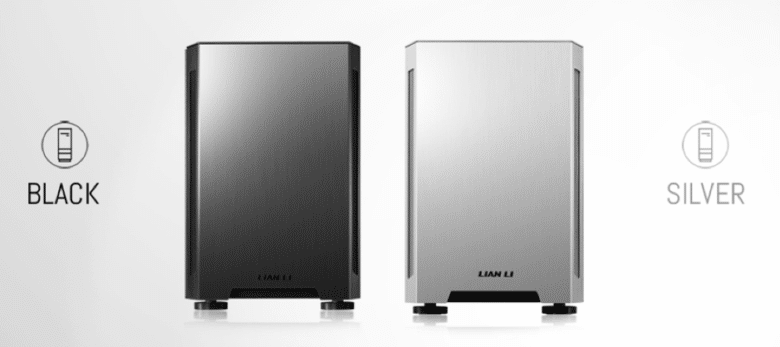
Thus the TU150 is a great compromise between compact design and powerful PC system. Especially pleasing is the flexibility offered by the Mini-ITX case. The handle on the top of the case makes it easy to transport. Due to its aluminium, the weight is also on a low level. Not only the handle and the choice of material for the light metal is ingenious. Lian Li has also thought a lot about the general construction. Thus, the small case offers practical options for cable management.
Practical tests have shown that the case can be opened and closed easily. Especially the easy removal of the side parts was very pleasing for us. The system also offers enough possibilities to provide effective air circulation. However, this only applies under certain circumstances. Above all, the lack of space can quickly put a damper on this. If you use a large graphics card, you can quickly get space problems in the area of the floor fans.
All in all, the Lian Li TU150 is a Mini-ITX case with a great price-performance ratio. Especially those who don’t have too much room for a PC system should have a look at this case. Despite the small size, a lot of performance with good air circulation is possible here. This is certainly praiseworthy at an RRP of 110 euro. However, if you plan to build a high-end system, you should probably consider using a larger case.
Lian Li TU150
Workmanship
Structure
Features
Dampening
Cooling
Value for money
87/100
With the Lian Li TU150 you get a case that offers a wide range of applications despite its small dimensions. Especially the flexibility and functionality have convinced us.

